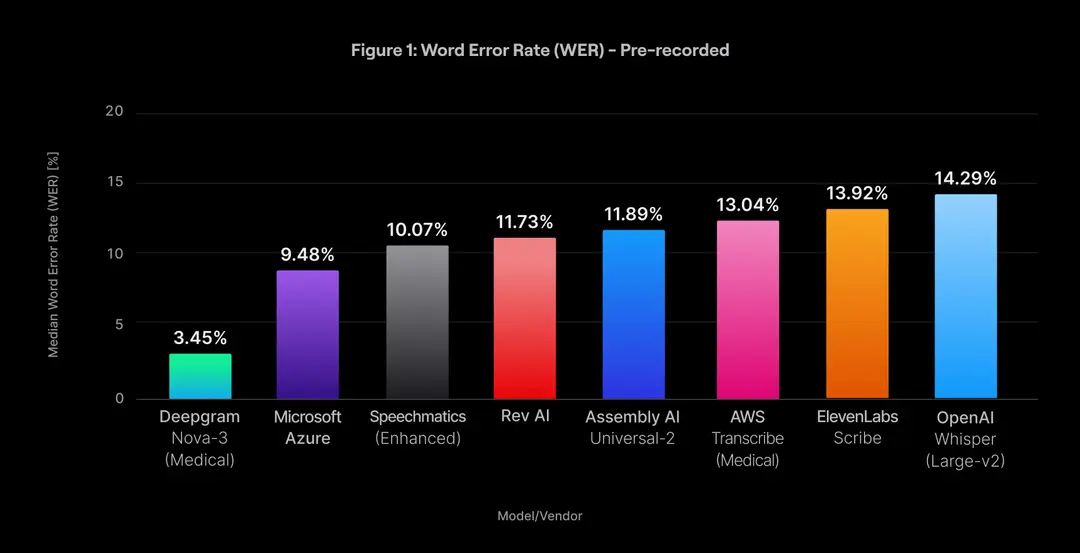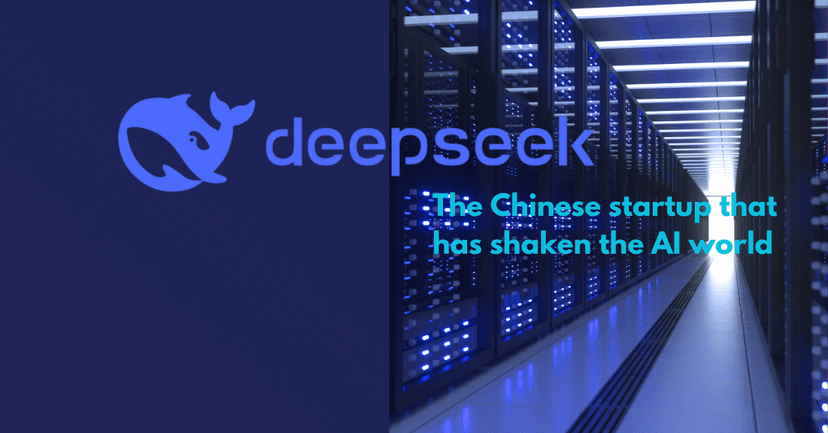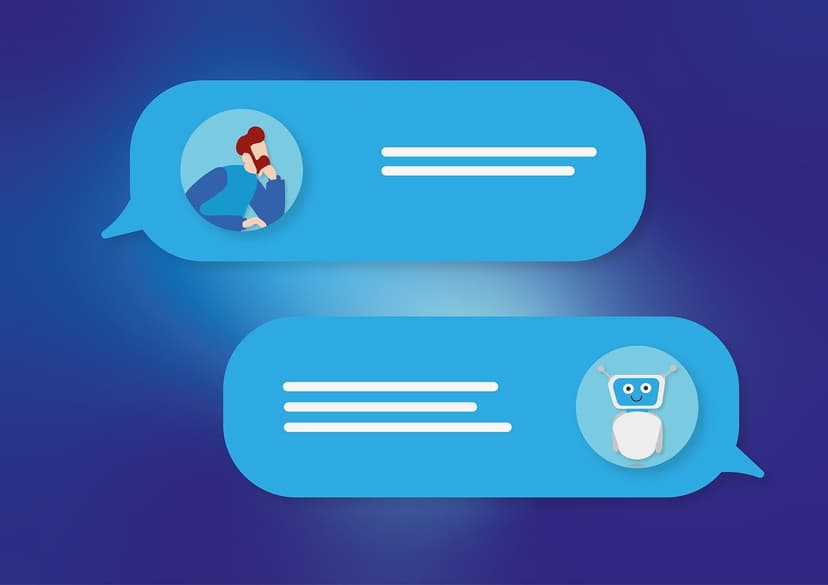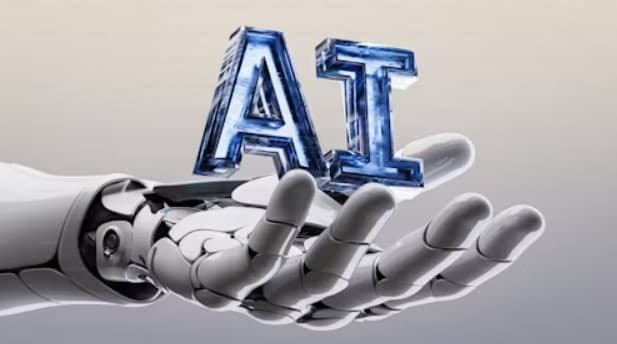Deepgram Nova-3 Medical, an AI-driven speech-to-text (STT) model, redefines medical transcription. But is it the most advanced speech-to-text AI model for clinical environments? Read more today!
Is it the most advanced speech-to-text AI model for clinical environments? Nova 3 Medical: Built for developers who develop voice AI products/solutions at healthcare tech companies.
Deepgram Nova-3 Medical, an AI-driven speech-to-text (STT) model, redefines medical transcription.
According to Deepgram, the AI medical transcription speech-to-text model can empower teams to create customizable, accurate (almost error-free), secure voice AI apps designed explicitly for healthcare workflow complexities.
"Nova‑3 Medical represents a significant leap forward in our commitment to transforming clinical documentation through AI. By addressing the nuances of clinical language and offering unprecedented customization, we are empowering developers to build products that improve patient care and operational efficiency." - Scott Stephenson (Deepgram CEO), Yahoo Finance
What’s in the speech-to-text healthcare transcription AI model?
A HIPAA-compliant AI transcription model, the Nova 3 delivers benefits similar to its predecessor's (enterprise-grade security, ultra-low latency, and compliance).
However, this new model has significantly improved accuracy in challenging healthcare workflow environments while enhancing self-service customization.
With the rise of digital health platforms, telemedicine, AI in electronic health records, and customizable speech recognition in the healthcare industry, the demand for reliable and precise transcriptions has also surged.
Such healthcare trends also fuel the growth of AI-powered healthcare transcription but with higher medical transcription accuracy.
Eventually, healthcare app and solutions developers need flexible and robust tools like NOVA to build applications while ensuring real-time and accurate transcriptions to meet regulatory requirements.
ALSO: Importance of Visual Education for Patients
What Makes Nova 3 Different From Traditional STT Models?
Complex terminologies and specialized vocabulary (and jargon) are common in healthcare settings. This could lead to transcription errors that compromise patient care.
The new medical speech recognition model seeks to overcome those with advanced machine-learning techniques and medical vocabulary training. It allows it to capture medical acronyms, jargon, medical terms, and inaudible audio conditions.
Key Features
Self-service customization (e.g., Keyterm Prompting for up to 100 key terms) allows developers to customize it to specific needs. This can ensure that procedures, new drugs, and diagnostic terms are recognized sans the need for retraining.
Overall accuracy? It outperforms competitors.
Nova-3 Medical records a median of 3.44% WER, a 63.7% improvement over its closest competitor. This makes it more accurate and reliable for transcribing prescriptions, notes, and clinical data. It can also reduce the risk of errors that could compromise patient safety.
Word Error Rate (WER) is the key metric in evaluating STT models, measuring the percentage of words being transcribed incorrectly. This means that the lower the WER, the higher the transcription accuracy.
ALSO: Importance of Visual Education in Virtual Pulmonary Care

Image from Deepgram
Nova-3 Medical can transcribe speech up to 40 times faster than other speech recognition vendors, making it perfect for digital health platforms and telemedicine.
Plus, it has a scalable architecture, ensuring top performance as the demand for transcription increases at an affordable price, starting at $0.007/minute of streaming audio.
Clinical Documentation AI: Upgrading to the new model can provide developers at healthcare tech companies with better reliability and accuracy in capturing essential (and often critical) clinical documentation and details.
Final Thoughts
Healthcare AI solutions like Nova 3 Medical redefine how modern tech can improve healthcare workflows and enhance patient care. They can reduce administrative overhead, allowing healthcare professionals to focus more on patient care and ultimately improve outcomes for both patients and medical service providers.



